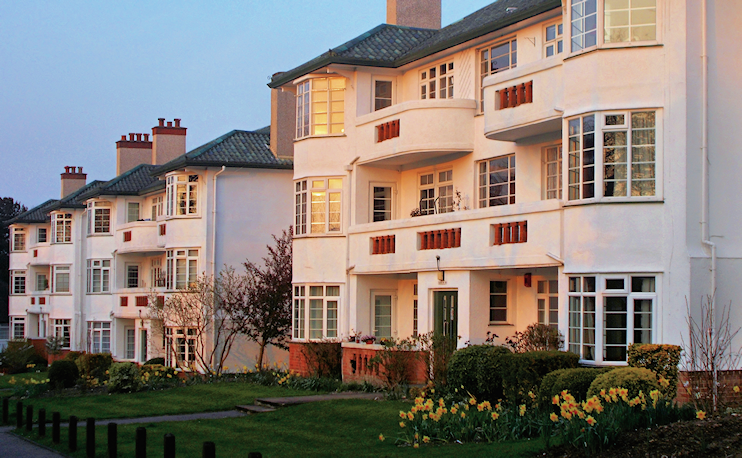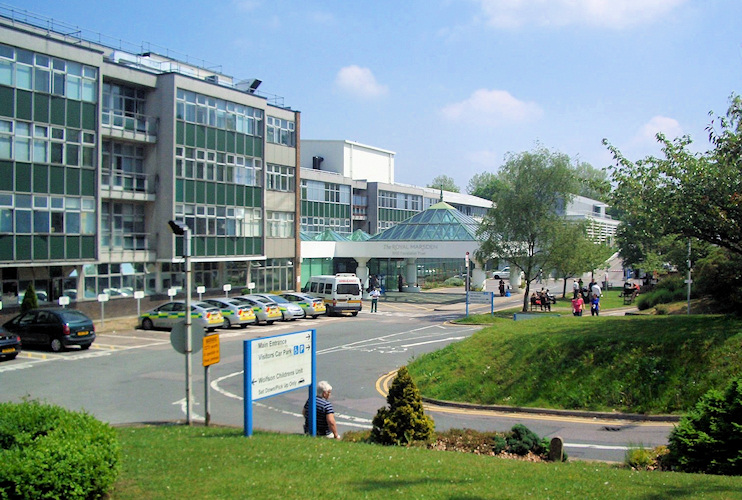Belmont, Sutton
Belmont, Sutton
The southernmost part of Sutton, situated on the edge of the North Downs

Until the 19th century this was an exposed spot called Little Hell, although ‘hell’ may simply have been a dialect version of ‘hill’.
Sometime in the late 1840s an Epsom lime-kiln worker is said to have dug up a bucket half-filled with precious coins and used his new wealth to fund a trip to California to join the gold rush. On his return this unnamed entrepreneur established the California Hotel here. When a station opened in 1865, it too was named California. However, goods intended for delivery here were sometimes shipped to America by mistake, so the stationmaster’s wife came up with the name ‘Belmont’ in 1875.
Building to the west of the railway line began in the 1880s, replacing lavender, peppermint and strawberry fields. The Victorians took advantage of Belmont’s healthy, accessible and affordable setting to build schools, hospitals and other institutions. Their full story is somewhat messy and doesn’t make for light reading in a short article – but a few key dates and facts are included below. There’s a little more in the Wikipedia article on Belmont and much more in Roland Sparkes’ Belmont: A Century Ago.
The South Metropolitan (later Sutton) schools were children’s homes for vagrants and orphans from south London, afterwards serving a variety of purposes. A mental hospital was founded in 1877, subsequently gaining national renown as a centre for nervous disorders.
The church of St John the Baptist was built on Northdown Road soon after the outbreak of the First World War and enlarged later. The church is now a local ecumenical partnership, playing host to both Anglicans and Methodists – and even conducting the occasional Taizé, Monastic or Celtic service.
Belmont’s main phase of suburban growth came in the years after the war and the locality was almost fully built up by 1930. Sutton Hospital officially opened at its present site on Cotswold Road in 1931, since when there have been several phases of expansion, with more to come.
In the early 1930s, near the eastern edge of the Belmont ward (and of the SM2 postcode area, where this locality merges with Carshalton Beeches), AG Taylor built Chiltern Church and the houses either side of it. Chiltern characterises itself as an ‘independent evangelical church’.
The California Hotel took a direct hit by a bomb during the Blitz and was afterwards rebuilt as the Belmont. It has since become the California (in Sutton).
The council’s Shanklin Village estate added 424 deck-access flats and maisonettes in the 1960s. The southern half of the Sutton schools’ Banstead Road site became an outpost of the Royal Marsden Hospital in 1963. The photograph below shows the Royal Marsden in 2012.

Belmont psychiatric hospital closed and was demolished in the 1980s, to be replaced by the homes of Belmont Heights.
According to the 2011 census, Belmont’s population is 78 per cent white – down from 88 per cent in 2001. The most populous ethnic minority, constituting 5 per cent of the total, is of Indian birth or descent.
